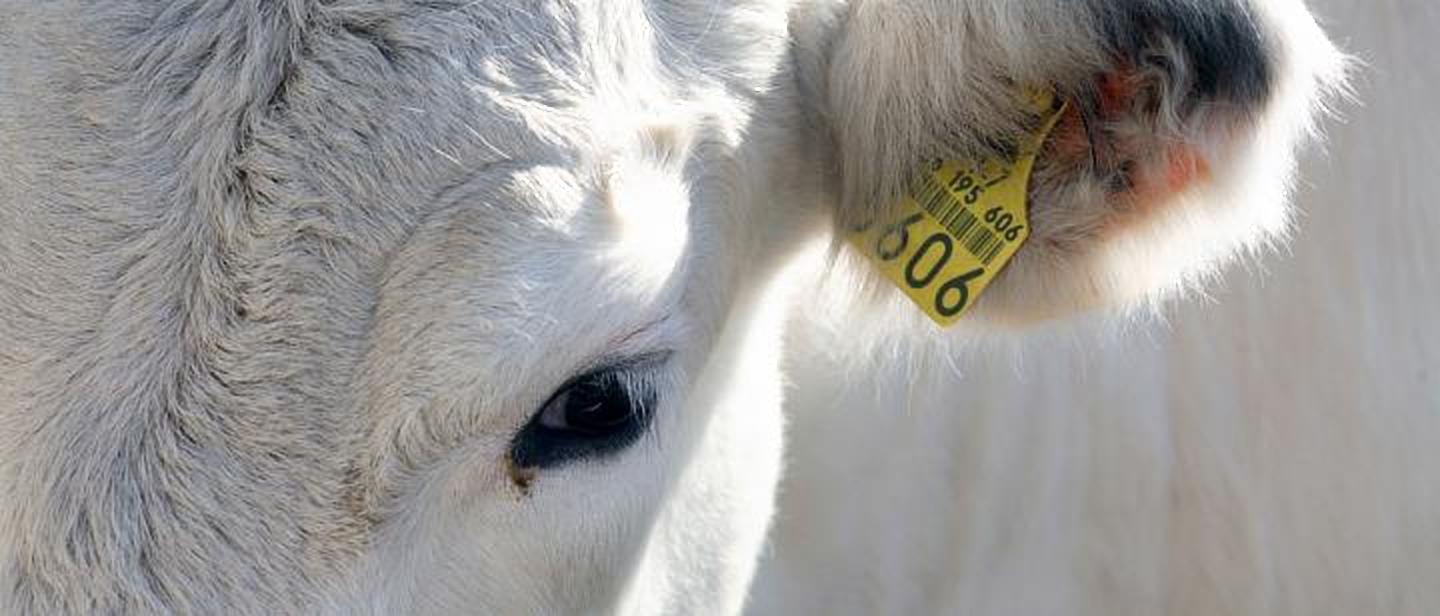When we talk about the complex beings that are superbugs, the MRSA staphylococcus can be considered one of the pathogens, the likes of which are often categorized as superbugs. These ‘bugs’ are resistant to most antibiotics and can lead to some extremely serious infections.
“In the case of MRSA, these bacteria have also spread in hospitals almost world-wide,” said Jukka Corander, a professor at the University of Helsinki, who was also a member of the international research team that mapped several millennia of the evolution of the staphylococcus.
For their extensive study, the researchers sequenced whole genomes of the superbugs from a large sample from different animals as well as humans- with the help of this, they were able to study the DNA changes that helped the bacteria to adapt to new host organisms during these past thousands of years.
Based on the genome analysis conducted by the researchers, it was highly likely that humans were the original hosts to these dangerous superbugs, and if we look at the DNA changes, the superbug’s ability to colonise domestic animals was prominent in an age when the first animals were domesticated to become livestock on farms.
In the study that was published recently in the journal Nature Ecology & Evolution, the research team found that cows are still responsible for being the source for such strains of staphylococcus, which are the reason behind MRSA infections in humans all over the globe.
“Our observations give emphasis to the importance of detailed epidemiological monitoring, so that strains with the potential to cause epidemics can be discovered as early as possible,” Jukka Corander said.
Detailed genomic analyses also revealed that, when the bacteria moves from one host species to another, it takes over new genes to help it adapt and stay alive in the long run. In some of the cases, these genes make the bacteria resistant towards commonly used antibiotics, which eventually transforms them into the so-called superbugs we all know.
The research could lead to the development of strategies as to minimize the risk of new strains that can transfer into the human population, and also help slow down the occurrence and spreading of resistance to antibiotics.

